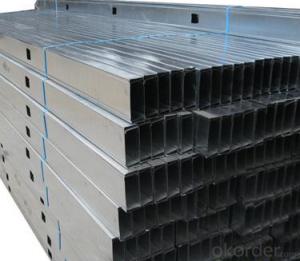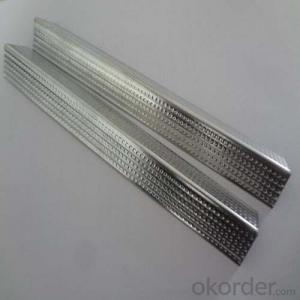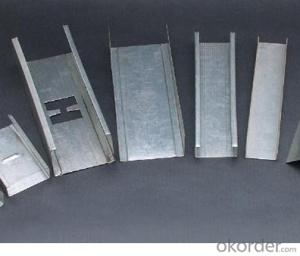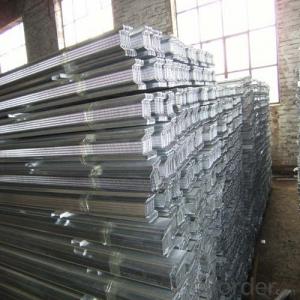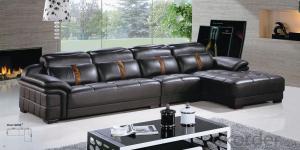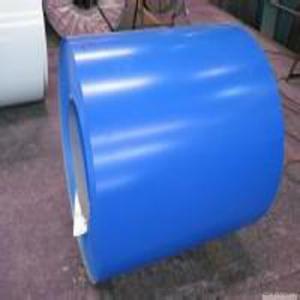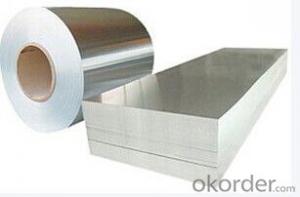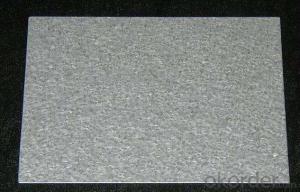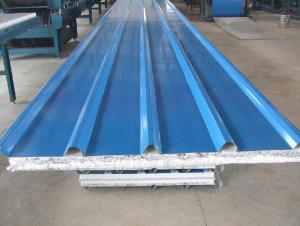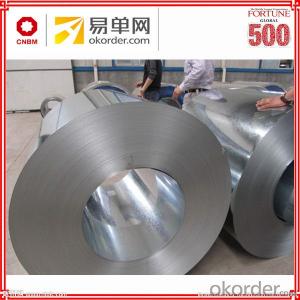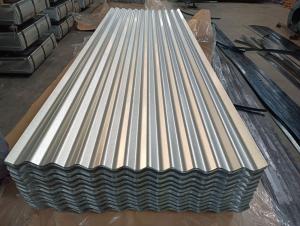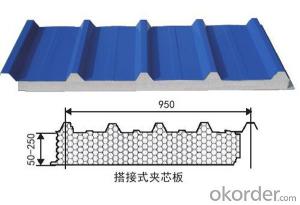19 Gauge Sheet Metal
19 Gauge Sheet Metal Related Searches
Cut Off Wheels For Metal Grinding Wheels For Metal Track Lighting For Walls Track Lighting With Plug Metal Stainless Steel Stainless Steel Nose Stud Industrial Led Track Lighting 24 Gauge Galvanized Sheet Metal 28 Gauge Galvanized Sheet Metal 4X8 Galvanized Sheet MetalHot Searches
Used Metal Folding Chairs For Sale Large Metal Containers For Sale Metal Shop Cabinets For Sale Metal Shipping Crates For Sale Galvanized Steel Scrap Price Fiber Sheet Price In India Galvanized Steel Prices Plastic Fiber Sheet Price Upvc Roofing Sheet Manufacturer In India China Geomembrane Roll Sheet Lasani Wood Sheet Price Rhino Roofing Sheet Price List Tinplate Sheet Price Mdf Price Per Sheet 4Mm Mdf Sheet 1220X2440Mm Price Grp Sheet Price Aluminum Sheet Stock Sizes Cost Of 4X8 Sheet Of Plywood Cost Of Drywall Per Sheet Buy Sheet Plastic19 Gauge Sheet Metal Supplier & Manufacturer from China
Okorder.com is a professional 19 Gauge Sheet Metal supplier & manufacturer, offers integrated one-stop services including real-time quoting and online cargo tracking. We are funded by CNBM Group, a Fortune 500 enterprise and the largest 19 Gauge Sheet Metal firm in China.Hot Products
FAQ
- The hardness of steel sheets can vary depending on the specific type and grade of steel, but generally, steel sheets have a high level of hardness ranging from 30 to 60 on the Rockwell C scale.
- Drilling steel sheets for fastening purposes? Absolutely possible! Steel is renowned for its strength and durability, yet it remains relatively easy to work with when it comes to drilling. By employing the correct tools and techniques, you can effortlessly create holes in steel sheets to attach brackets, screws, or nails. Nevertheless, it's crucial to employ drill bits specifically designed for metal drilling. Moreover, during the drilling process, it might be necessary to utilize lubricants or cooling agents to prevent overheating and potential damage to the drill bit. Although drilling through steel sheets demands additional effort and careful handling, rest assured, it can be accomplished successfully for fastening purposes.
- A steel sheet that has not been coated or treated with any additional colors or finishes is referred to as a self-color steel sheet. It maintains the steel surface's natural color and appearance, which is typically a metallic gray or silver. Conversely, a painted steel sheet is one that has been coated with a layer of paint or another protective finish. This coating serves multiple purposes, including enhancing the steel sheet's aesthetic appeal, providing additional protection against rust and corrosion, and increasing its durability. The primary distinction between a self-color and painted steel sheet lies in the presence or absence of a coating. While a self-color sheet preserves the raw and natural appearance of the steel, a painted sheet offers a wide array of color options, enabling customization and harmonization with various design schemes. Furthermore, the existence of a paint or protective coating on a steel sheet provides an extra layer of defense against environmental elements such as moisture, chemicals, and UV rays. This helps prevent the steel from corroding or deteriorating over time, thereby extending its lifespan and ensuring its performance in various applications. To summarize, the main contrast between a self-color and painted steel sheet is the presence or absence of a coating. While a self-color sheet retains the natural appearance of steel, a painted sheet offers added protection, customization options, and aesthetic appeal.
- The thickness of steel sheets may vary depending on the specific application and requirements. Steel sheets can have thicknesses ranging from 0.4 millimeters to several inches, and commonly used measurements include 0.5 mm, 1.0 mm, 1.5 mm, 2.0 mm, 2.5 mm, and so on. However, it is worth noting that the thickness can be tailored to suit the intended use, such as in construction, manufacturing, or automotive industries. Therefore, it is crucial to refer to the specifications or contact the manufacturer or supplier to ascertain the precise thickness of the steel sheets in question.
- Indeed, storage racks or shelves can be constructed using steel sheets. Steel, being a robust and long-lasting material, possesses the ability to bear substantial weights, rendering it perfect for storage needs. Steel sheets can be customized to the desired dimensions through cutting and shaping processes, and effortlessly connected by welding or bolting, resulting in resilient storage racks or shelves. Moreover, steel exhibits resistance against corrosion and can endure adverse environmental circumstances, making it an appropriate option for both indoor and outdoor storage purposes.
- Yes, steel sheets can be used for HVAC (Heating, Ventilation, and Air Conditioning) applications. Steel sheets are commonly used in the construction of HVAC ductwork due to their strength, durability, and fire resistance properties. They can be easily fabricated into various shapes and sizes to meet the specific requirements of HVAC systems. Additionally, steel sheets are resistant to corrosion, which is important in HVAC applications where moisture and condensation can occur. Overall, steel sheets are a suitable material choice for HVAC applications due to their mechanical properties and ability to withstand the rigors of heating, ventilation, and air conditioning systems.
- Yes, steel sheets are suitable for architectural roofing. Steel is a highly durable and long-lasting material, making it an excellent choice for architectural roofing applications. Steel sheets offer significant strength, allowing them to withstand harsh weather conditions, including heavy rain, snow, and strong winds. They are also fire-resistant, which adds an extra layer of safety to the building. Moreover, steel sheets are lightweight compared to other roofing materials, making them easier to install and reducing the overall load on the structure. Additionally, steel sheets come in a variety of colors and finishes, allowing architects to achieve the desired aesthetic appearance for the building. Overall, steel sheets offer numerous advantages for architectural roofing, making them a suitable choice for both residential and commercial projects.
- Steel sheets are protected during cutting and fabrication through various methods to ensure their quality and prevent damage. One common way to protect steel sheets is by using a process called "galvanizing". Galvanizing involves applying a protective zinc coating to the surface of the steel sheet, which acts as a barrier against corrosion and other forms of damage. This process is particularly effective in outdoor environments where steel sheets are exposed to moisture and other harsh elements. Another method of protection during cutting and fabrication is the use of lubricants or coolants. These substances are applied to the cutting tools and the steel sheet itself to reduce friction and heat generation. By minimizing heat, lubricants and coolants help prevent the steel sheet from warping or distorting during the cutting and fabrication process. Furthermore, during the fabrication of steel sheets, they are often covered or masked with protective films or tapes. These films or tapes act as a shield against scratches, abrasions, and other forms of physical damage that may occur during handling or transportation. In addition to these methods, proper handling and storage practices are also crucial for protecting steel sheets during cutting and fabrication. Steel sheets should be stored in a controlled environment to prevent exposure to moisture, extreme temperatures, or other damaging elements. They should also be handled with care to avoid any impact or bending that could compromise their structural integrity. Overall, steel sheets are protected during cutting and fabrication through a combination of surface coatings, lubricants or coolants, protective films or tapes, and proper handling and storage practices. These measures help ensure the quality and durability of the steel sheets, allowing them to maintain their integrity throughout the fabrication process and beyond.


